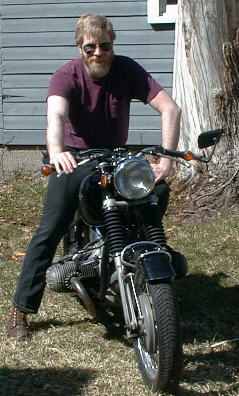motion guru
Diamond
- Joined
- Dec 8, 2003
- Location
- Yacolt, WA
I have a friend who has two kids who are breaking into pro moto-cross racing and are sponsored by one of the big name motorcycle manufacturers. They glaze over a set of stock brake rotors every day on the track and they have gone to larger diameter aftermarket rotors and caliper extensions - still - less than 2 or 3 days of riding before brake rotors are glazed over or warped and then tossed.
The rotors appear to be made from a variety of different steels (I had an analysis done on one rotor and it was made from 410 stainless). The kids race on courses that have long up/down hills with water at the bottoms - so the brakes get really hot on the way down, then a dunk in the water/mud and then back up / down the hill - repeat a dozen times in a row for each heat.
Any thoughts on an alloy that would better resist warping / glazing? I don't really think they need to worry about corrosion - they will certainly replace the rotors before they begin to corrode.
The rotors appear to be made from a variety of different steels (I had an analysis done on one rotor and it was made from 410 stainless). The kids race on courses that have long up/down hills with water at the bottoms - so the brakes get really hot on the way down, then a dunk in the water/mud and then back up / down the hill - repeat a dozen times in a row for each heat.
Any thoughts on an alloy that would better resist warping / glazing? I don't really think they need to worry about corrosion - they will certainly replace the rotors before they begin to corrode.


